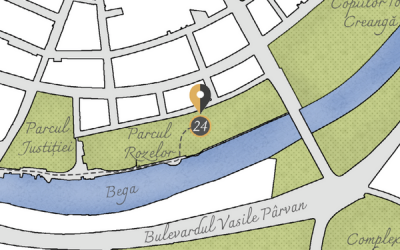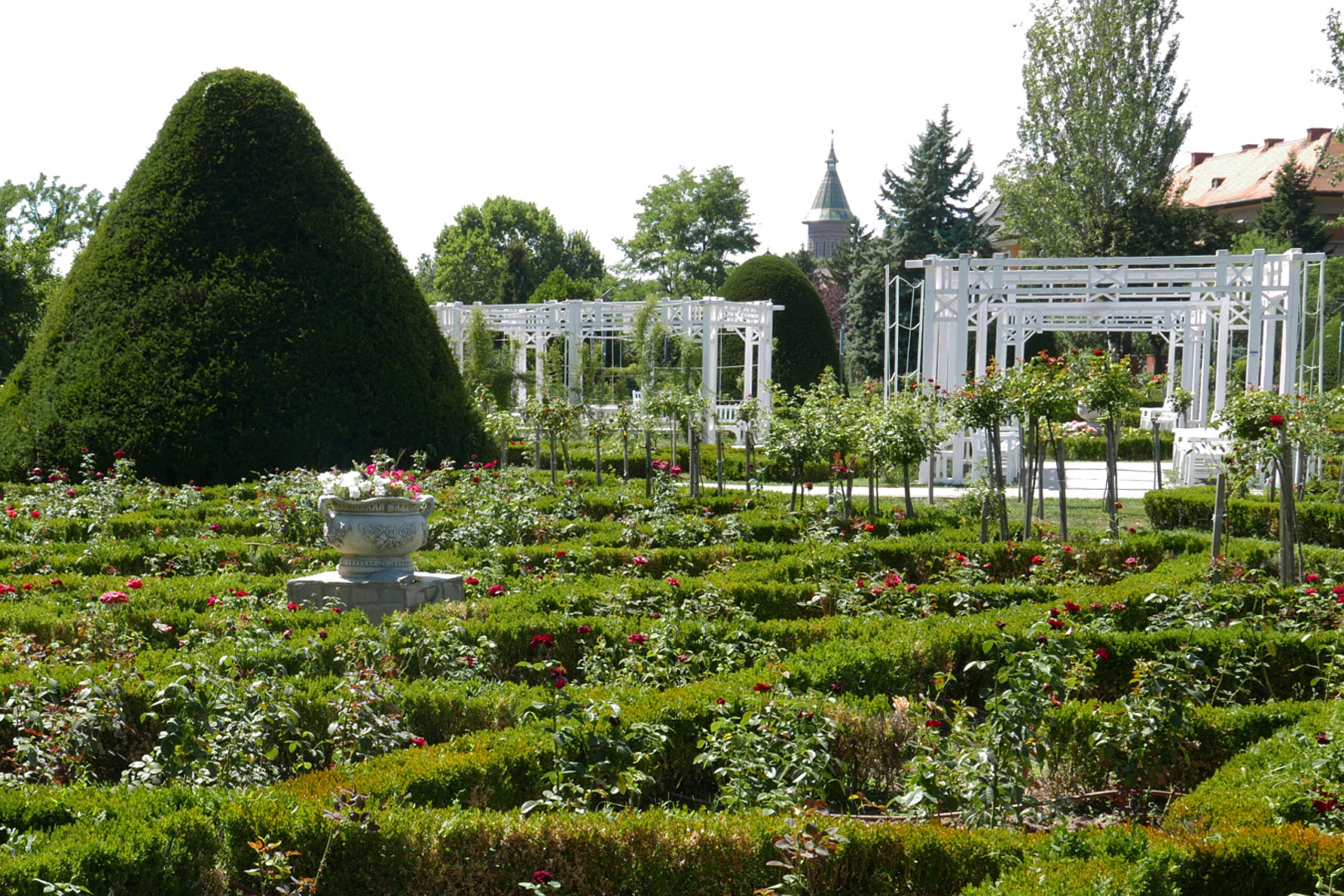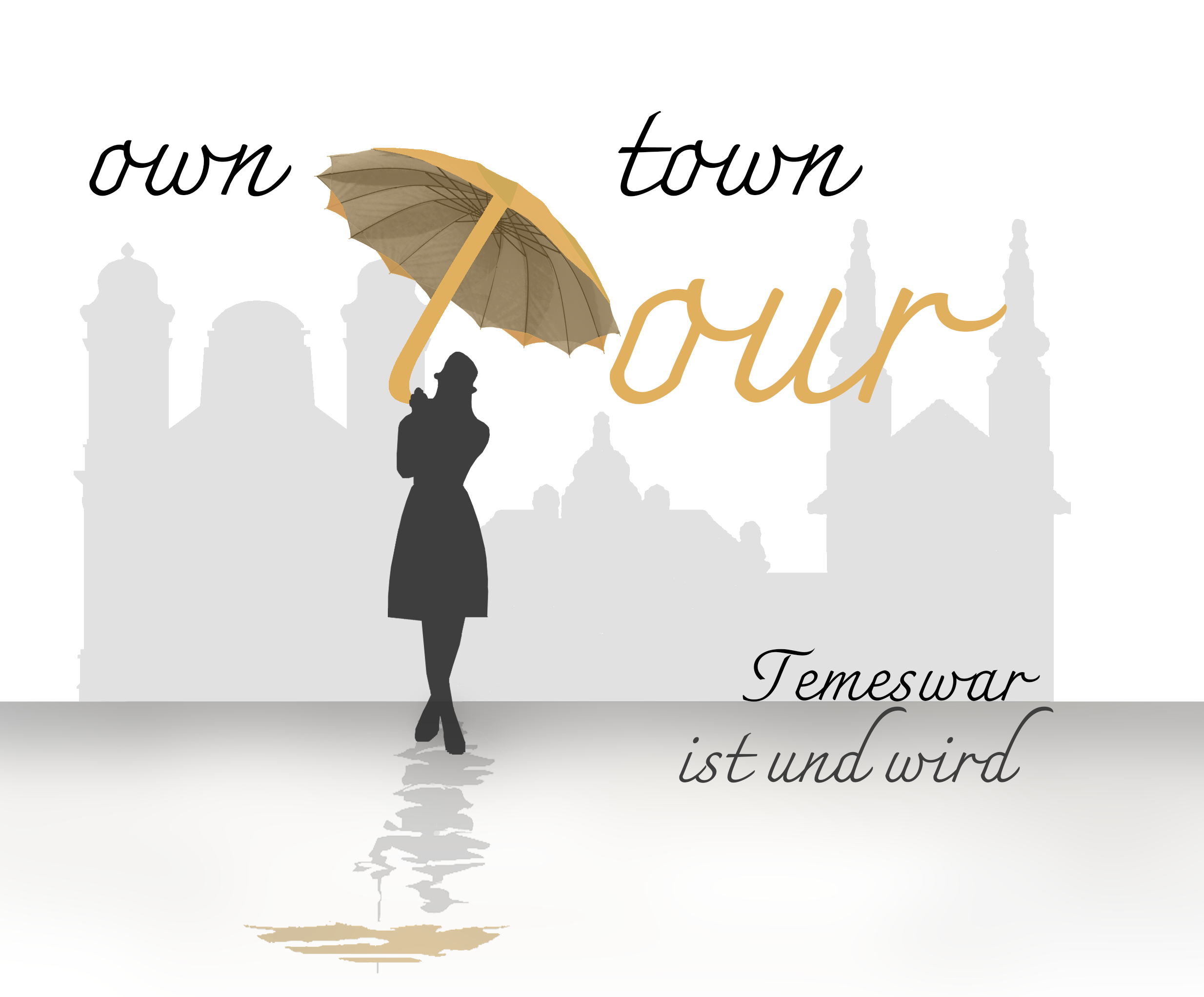Rose Garden
Str. Academician Alexandru Borza
from 1891
Public area


On the “Canale Grande” to the Rose Garden Via the Vaporetto
The Hungarian name of Timisoara (Temesvár) literally means “Timis fortress”. Surprisingly though, the Timis River, after which the city is named, flows a few kilometres further away. Another body of water circles the former fortress, namely the Bega Canal.
Before channelization, both rivers meandered in a wild, unregulated course into an extensive swamp area around Timisoara. Under the technical direction of military engineers, the tributaries were separated in 1727-1733 during the rule of the Habsburgs, and the Bega was made into a canal. The draining of the swamps under the then governor Count Mercy took place for strategic, economic, and last but not least, for sanitary reasons. The Bega Canal became navigable and an important transport route.
Today, the river flows leisurely through the city and is used for passenger transport. In 2018, the local public transport company received approval to use seven 50 seat vaporettos, for public transport. The piers for the ships stretch along the canal and offer the opportunity to get to the historic districts of Iosefin, Elisabetin and Fabric by water. Timisoara is thus the only Romanian city with public water transportation.
The Bega embankment is a green oasis in the middle of the city, with promenades, cycle paths and inviting terraces. Rowing and kayaking have a long tradition on the Bega, and during summer, refreshments can be enjoyed along the beaches.
The most beautiful parks are also located along the banks of the Bega.
The most beautiful of these is the Rose Garden, which the landscape architects and rose growers Wilhelm Mühle and Wenzeslas Niemetz created in 1891 for the exhibition for industry and agriculture as the royal Franz-Joseph-Park. None other than Emperor Franz-Joseph himself was present at the opening.
Wilhelm Mühle, who was posthumously appointed honorary citizen of the city in 2013, and his son Árpád made the park, which was designed based on French models and has over 1400 rose varieties, into the most important rose garden in southeastern Europe. It is thanks to their work that Timisoara still earns the title “City of Roses” today.
Rose Park is also an important cultural location in the city with theatre performances being held on the outdoor stage during summer. There is no better setting for a summer performance than the romantic Rose Garden on the banks of the Bega.
Tour sights
- 1. Theresia Bastion
- 2. Lutheran Church
- 3. Union Square
- 4. Saint George’s Cathedral
- 5. Serbian Orthodox Cathedral
- 6. Miksa (Max) Steiner Palace
- 7. Brück House
- 8. Dicasterial Palace
- 9. Klapka Library
- 10. The “Guild Tree”
- 11. St. George's Square
- 12. Prince Eugene House
- 13. Citadel Synagogue
- 14. Liberty Square
- 15. Huniade Castle
- 16. National Opera House
- 17. Victory Square
- 18. Corso
- 19. Orthodox Cathedral
- 20. Piarist Ensemble
- 21. Reformed Church
- 22. Doja Street
- 23. Journey through Time
- 24. Rose Garden

